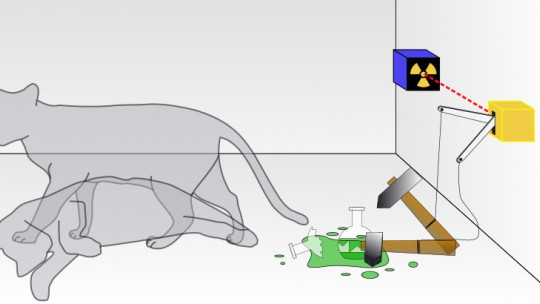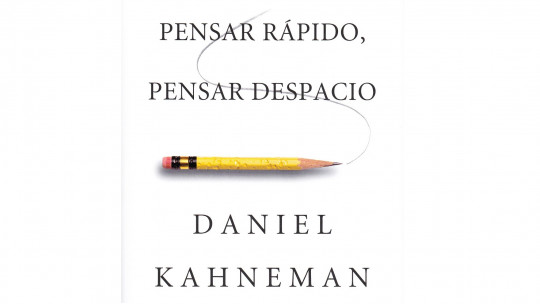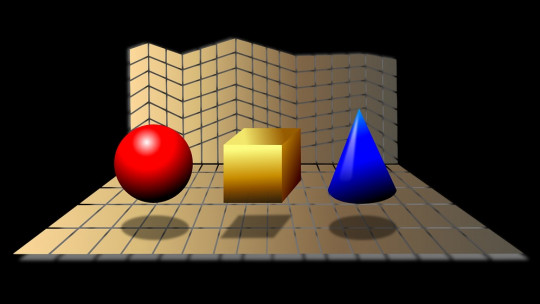Thought experiments are one of the many instruments we have created to understand and explain how the phenomena around us occur. Not only that, but they have constituted a pedagogical tool of great importance in the scientific area.
Furthermore, due to their characteristics they have been the subject of debate both in philosophy and in cognitive sciences, natural sciences or pedagogy. But, What exactly do we mean by “thought experiments”?
What are thought experiments?
Thought experiments are hypothetical situations that are used to explain a situation or phenomenon through which the results would be, if the experiment actually occurred.
In other words, a mental experiment is a resource of the imagination (it consists of narrating a fictitious situation), which has enough logic so that it is possible to imagine coherent results, so that these results allow us to explain something.
Gilbert & Reiner (2000) define thought experiments as experiments that have been mentally directed. That is, although there is no need to execute them (and in many cases there is no real possibility of doing so), yes They must include a hypothesis, objectives, results, with the aim of offering a series of logical conclusions about a phenomenon.
Because they are a resource of the imagination, mental experiments are sometimes confused with analogical reasoning. However, the difference is that, while analogies are mainly characterized by making comparisons, thought experiments are characterized by proposing a series of actions that are carried out figuratively.
Main uses in research
As we have said, thought experiments have mainly arisen from a specific intention or purpose: to understand how a phenomenon works, without the need to actually experiment with it.
However, others have emerged from this same intention, for example, that of justify or refute the legitimacy of a philosophical, mathematical, historical, economic or scientific model (especially they have been used in physical sciences).
That is to say, thought experiments have three main uses: explaining, legitimizing or refuting explanatory models about the nature of a phenomenon. However, these two uses may be more specific according to the author who proposes them, or according to the theoretical and philosophical position that supports them.
For example, they have been widely used not only in the physical sciences but in philosophy of mind and morals, in cognitive and computational sciences , and in formal education. That is why they have also been considered a model for teaching, that is, a didactic tool.
In contrast to these uses and functions, thought experiments have also faced some criticism. For example, There are those who consider that they are simply intuitions and as such, they cannot sustain sufficient rigor to be considered in terms of scientific knowledge or methodology.
3 examples of thought experiments
Since the 17th century we can find examples of thought experiments that have had a significant impact on our way of understanding the world. Some of the most popular were led by Galileo, René Descartes, Newton or Leibniz.
More recently it has been discussed The role of thought experiments in the development of physics and quantum mechanics , for example, through Schrödinger’s Cat experiment. Likewise, the importance of thought experiments in the philosophy of language and the philosophy of mind has been debated, for example, with Searle’s Chinese room or philosophical zombies.
1. Schrödinger’s cat
With this experiment, Schrödinger exposes how some principles of quantum theory clash with our most basic intuitions. It consists of the following: a cat is locked in a steel chamber along with a counter that has a very small amount of radioactive substance.
There is a 50% chance that within an hour, one of the atoms will decay and poison the cat. Likewise, there is a 50% chance that none of the atoms will decay, which will keep the cat alive. So, the most logical thing is that if we open the steel box an hour later, we will find the cat alive or dead.
However, and this is what Schrödinger exposes as a paradox, following some principles of quantum mechanics, after one hour the cat would be both alive and dead at the same time. At least before opening the box, since for the mechanics the states overlap until the moment an external observer comes into play (it is this observer who modifies the states of things).
This experiment has gone through different, very different and complex explanations, but very broadly it has served to explain the counterintuitive nature of quantum mechanics.
2. The Chinese room
With this experiment, the philosopher John Searle questioned the possibility of creating artificial intelligence that is not only capable of imitating the human mind, but actually reproduces it
The hypothetical situation he posed was to imagine that an English-speaking person, who does not understand Chinese, enters a room where he is provided with instructions written in English to manipulate some Chinese symbols in a certain order. In this order, the symbols express a message in Chinese.
If after handling them you hand them to an outside observer, he or she would probably think that the English-speaking person who does not understand Chinese understands Chinese, even though in reality he or she does not. For Searle, this is how computer operating systems work (imitate understanding but without achieving it).
3. Philosophical zombies
Philosophical zombies are a fairly widespread concept in philosophy and whose antecedents we can trace in many theories. However, it was David Chalmers who proposed the following thought experiment: if a world existed exactly like ours, but instead of being inhabited by human beings, it was inhabited by zombies, those zombies (who are physically identical to us) they will still not be able to reproduce the human mind
The reason: they do not have subjective experiences (qualia). For example, although they can scream, they do not experience joy or anger, so what Chalmers proposes is that the mind cannot be explained only in physical terms (as physicalism proposes).









